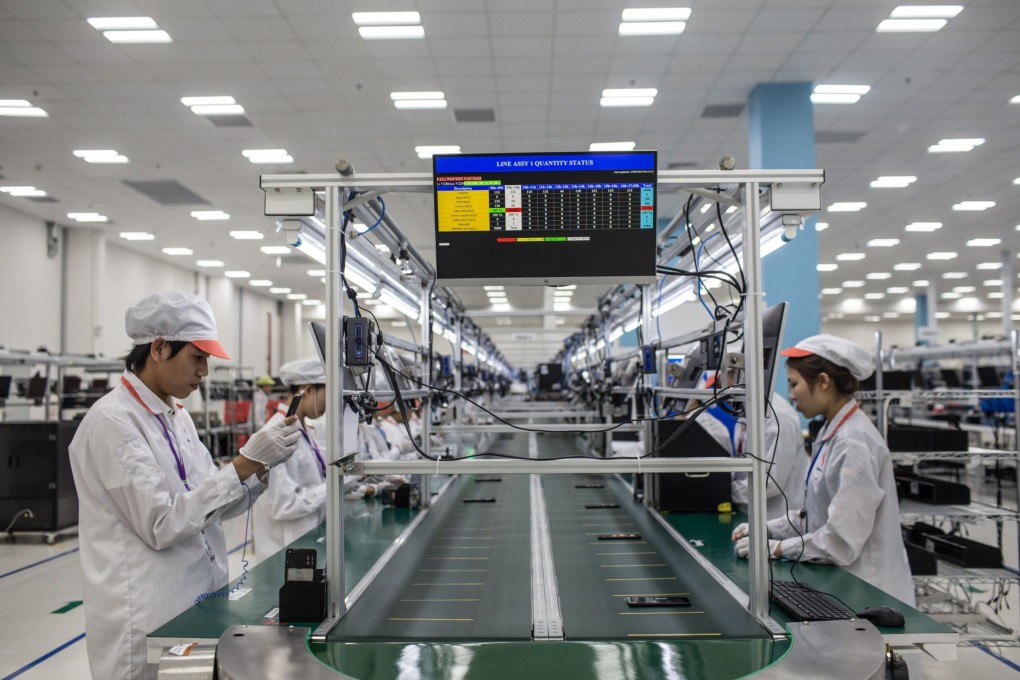As production shifts from China to Asean, Asia’s supply chains remain stronger than ever
- As the ‘China +1’ strategy takes off, firms are moving some capacity to the Asean region, making it the new production hub
- Far from heralding the end of Asian supply chains, recent challenges only highlight their centrality

It’s easy to predict the demise of Asian supply chains. A fierce trade war. The threat of technology decoupling between West and East. A pandemic that led to global shortages. And then there is politics, with developed economies pushing to reshore production. Yet, despite all these challenges, Asia’s supply chains have simply adjusted and continue to thrive.
Hardly. Asia’s supply chains remain highly competitive, churning out goods at prices and scale few other regions, if any, can match. A few companies have significantly cut their sourcing or manufacturing operations in Asia, and shifted operations elsewhere. But the business case for the region’s supply chains remains simply too compelling.
The US-China tariff tussle hasn’t brought bilateral trade to a halt. Despite the pandemic, which severely depressed demand, bilateral shipments last year were broadly unchanged from those in 2016, the year Donald Trump was elected. Trade with China amounted to about 15 per cent of US exports and imports last year, a level it has kept over the decade.

02:01
China’s economy expands record 18.3 per cent in the first quarter of 2021
